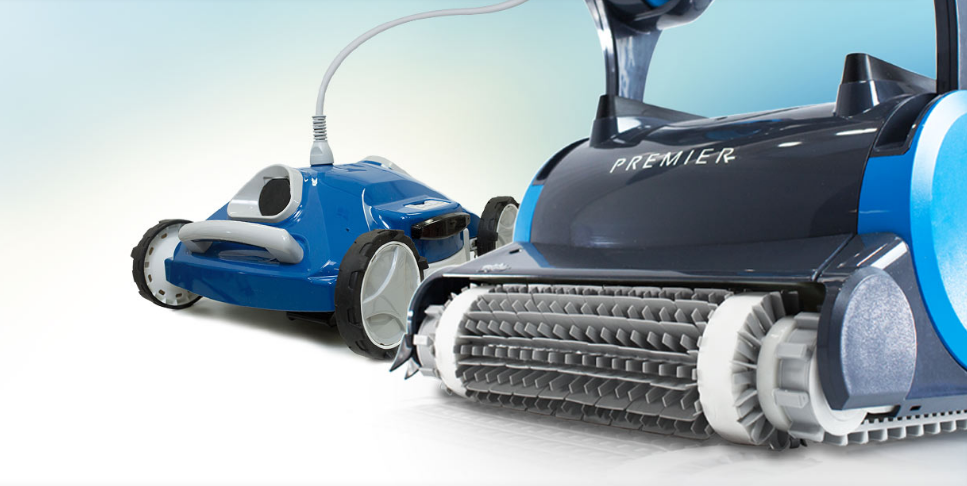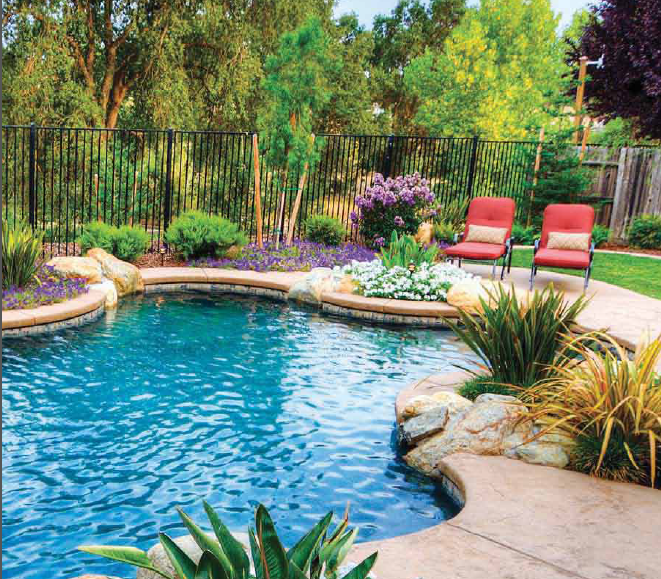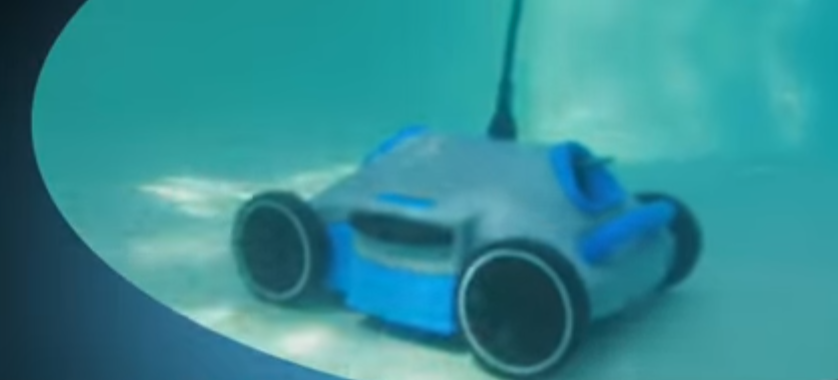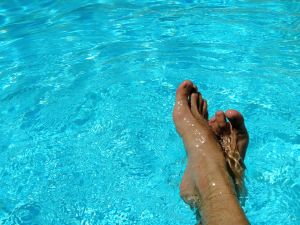Inground pool cleaners are meant to collect dirt and debris from your pool. Inground pool cleaners function like a vacuum cleaner except that they harness the power of water to suck dirt. The first automatic pool cleaner was invented in 1951 by a South African engineer named Ferdinand Chauvier. His invention was based on the concept of Hydraulics. It doesn’t require chemicals and relies on the pool’s filter to function.
After Chauvier’s invention came the birth of the first commercially available automatic pool cleaner. The Kreepy Krauly was manufactured in 1974 and became an instant success. Today, it remains as one of the strongest brands in the pool cleaning industry. The Kreepy Krauly is trusted by over a million pool owners because of its durability and tough design backed by an unbeatable service warranty of 20 years.
Keeping your pool clean and dirt-free is not only more sanitary. Good maintenance also lets you enjoy the investment of Inground pool cleaners for years to come. Pool cleaning, however, can be such a painful task. It takes the pleasure out of swimming. This is what pool cleaners are for. It cleans your pool with minimal human intervention. Manual cleaning takes time and effort, which is why automatic cleaners have become necessary among pool owners.
With all the automatic pool cleaners out there, it can be an overwhelming task to pick just one. Each model has different features, making it even more difficult to find one that suits your needs and fits your lifestyle . Most pool supply stores are more than willing to help you pick a cleaner for your pool. Before you drop by, make sure you know your pool’s dimensions. Be prepared to give information on the type of pool filtration as well.
There are four types of automatic pool cleaners, but only three of them are commonly used. The least popular return-side driven pool cleaner runs on large volumes of water and needs a dedicated pump to function. Though it can still be found in older pools, it has lost its popularity because of its high maintenance costs. Today’s swimming pools use either a pressure-driven, suction-side driven or robotic pool cleaner.
A pressure-driven pool cleaner runs on the same premise as the return-side cleaner. Its only improvement from its predecessor is that it uses an additional booster pump to provide extra pressure and to increase water flow.
Having two motor pumps can be more energy-consuming but some pool owners attest to its superior efficiency in keeping their pools sediment-free. Its biggest advantages are better water redistribution and a dedicated debris bag.
A suction-side pool cleaner attaches to your pool’s suction ports. It sucks dirt and debris through its underside as it moves across the pool’s bottom. Pool owners recommend it for its easy installation and operation. Robotic pool cleaners, on the other hand, use motion sensors located on its bump bars to navigate the pool’s floor. This signals the cleaner to move to another direction once it hits a wall or other obstacles. These inground pool cleaners function independently from your pool’s filtration system making them more effective.
























